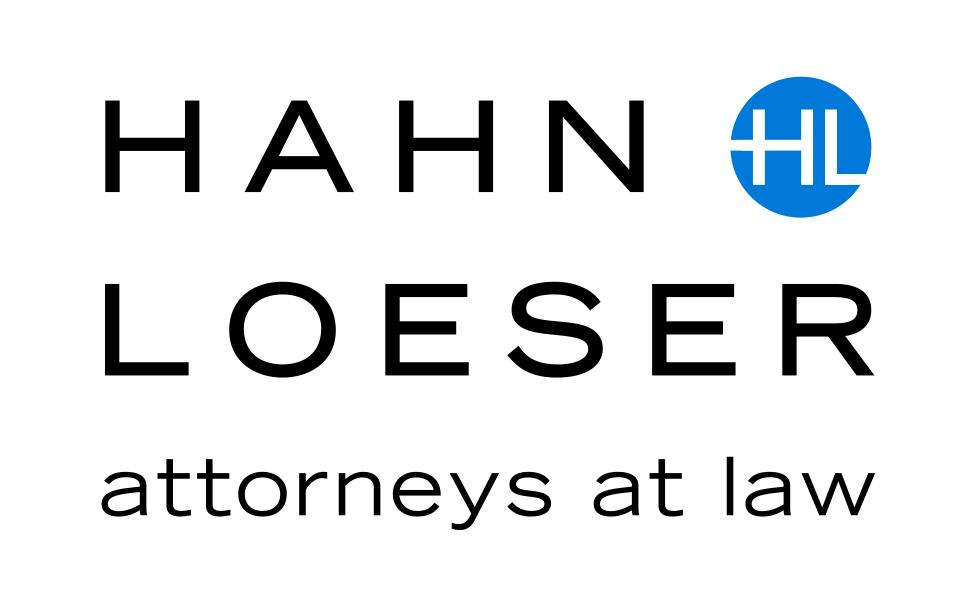The U.S. Small Business Administration (“SBA”) announced on Wednesday, May 13 that businesses that received Paycheck Protection Program (“PPP”) loans of less than $2 million will be deemed to have made the required certification concerning the necessity of the loan in good faith.
PPP loans of more than $2 million will be subject to review by the SBA. If the SBA determines the borrower did not have an adequate basis for certifying the loan request was necessary, SBA will seek repayment of the outstanding balance and inform the lender that the business is not eligible for forgiveness. If the loan is repaid, however, the SBA will not pursue administrative enforcement or referrals to other agencies.
The PPP, a pillar of the $2.2 trillion CARES Act, provides low-interest, forgivable loans of up to $10 million to businesses with 500 or fewer employees that use the proceeds to maintain payroll and pay certain other expenses during the economic disruption caused by COVID-19. PPP loans are forgivable, provided borrowers use at least 75 percent of the proceeds within 8 weeks for payroll and the balance for other qualified expenses such as rent, mortgage interest, and utilities.
On the loan application, borrowers are required to certify that “[c]urrent economic uncertainty makes this loan request necessary to support the ongoing operations of the Applicant.” Following reports that some publicly traded corporations, private-equity owned companies, and other high-profile businesses had received PPP loans, the SBA announced on April 23, 2020, that firms with substantial market value and/or access to liquidity likely could not give the required certification in good faith and were therefore ineligible for PPP loans. The SBA set a May 7 deadline – later extended to May 14 – for ineligible borrowers to return their PPP loans without facing penalties.
The SBA’s April 23 announcement caused significant concerns among PPP borrowers, many of whom questioned whether they were eligible for loans and should return the loans before facing administrative penalties or even criminal prosecution. Wednesday’s SBA guidance helps to address those concerns in at least two ways:
First, borrowers who received less than $2 million can rest assured that they will be deemed to have made the required certification in good faith, meaning they will not be determined to be an ineligible borrower, even if they have cash reserves, lines of credit, or other forms of liquidity. According to the SBA, “this safe harbor is appropriate because borrowers with loans below this threshold are generally less likely to have had access to adequate sources of liquidity in the current economic environment than borrowers that obtained larger loans. This safe harbor will also promote economic certainty as PPP borrowers with more limited resources endeavor to retain and rehire employees.”
Second, borrowers who received more than $2 million can take some comfort in knowing that, in the worst-case scenario where they are determined to be ineligible borrowers, they will not face administrative penalties or a referral for criminal prosecution if they timely repay the outstanding amount of the PPP loan.
Unfortunately, the SBA’s guidance comes very late in the process, with barely more than 24 hours remaining before the deadline for ineligible borrowers to return their PPP loans. In some instances, businesses that borrowed less than $2 million and could have benefitted from the SBA’s guidance have already returned their loans. And for borrowers that still find themselves in a gray area, Wednesday’s SBA guidance still did not describe the criteria the SBA will use to determine loan eligibility, except to note that it will depend on each business’s “individual circumstances.”
The SBA’s guidance is available at https://home.treasury.gov/system/files/136/Paycheck-Protection-Program-Frequently-Asked-Questions.pdf (see FAQ #46).

